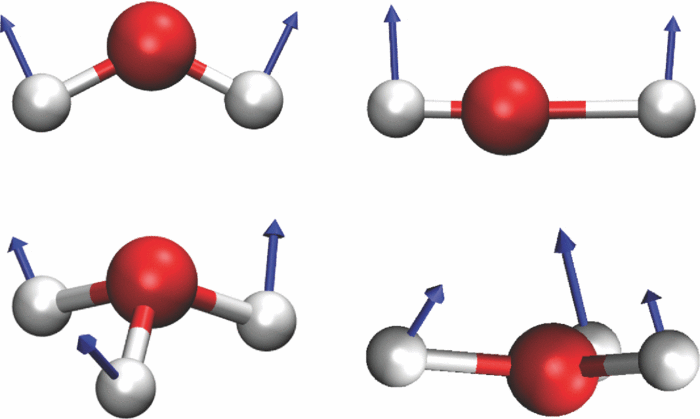Phonon-assisted luminescence by finite atomic displacements
In recent years, several articles have been published with Yambo, who calculated the phonon-assisted luminescence by means of finite atomic displacements[1][2][3][4].
In this tutorial we will show how to use YamboPy in combination with Yambo to perform these kind of calculations. For a general review of finite displacements calculations of vibrational properties we recommend this article[5].
Notice that calculation of phonon-assisted luminescence by finite atomic displacements are quite involved and expensive from a computational point of view, for this reason they are limited to relatively simple systems.
Locate the lowest indirect exciton/band gap
In this tutorial as example we will consider the hexagonal-BN, that is an indirect insulator. The first step to calculate the phonon-assisted luminescence is to locate the lowest indirect exciton.
References
- ↑ Theory of phonon-assisted luminescence in solids: Application to hexagonal boron nitride, E. Cannuccia, B. Monserrat and C. Attaccalite, Phys. Rev. B 99, 081109(R) (2019)
- ↑ Exciton-Phonon Coupling in the Ultraviolet Absorption and Emission Spectra of Bulk Hexagonal Boron Nitride, F. Paleari et al. PRL 122, 187401(2019)
- ↑ Excitons under strain: light absorption and emission in strained hexagonal boron nitride,P. Lechifflart, F. Paleari and C. Attaccalite (2022).
- ↑ Phonon-Assisted Luminescence in Defect Centers from Many-Body Perturbation Theory, F. Libbi, P. M. M. C. de Melo, Z. Zanolli, M. J. Verstraete, and N. Marzari, Phys. Rev. Lett. 128, 167401 (2022)
- ↑ Electron-phonon coupling from finite differences, Bartomeu Monserrat, J. Phys.: Condens. Matter 30 083001(2018)
